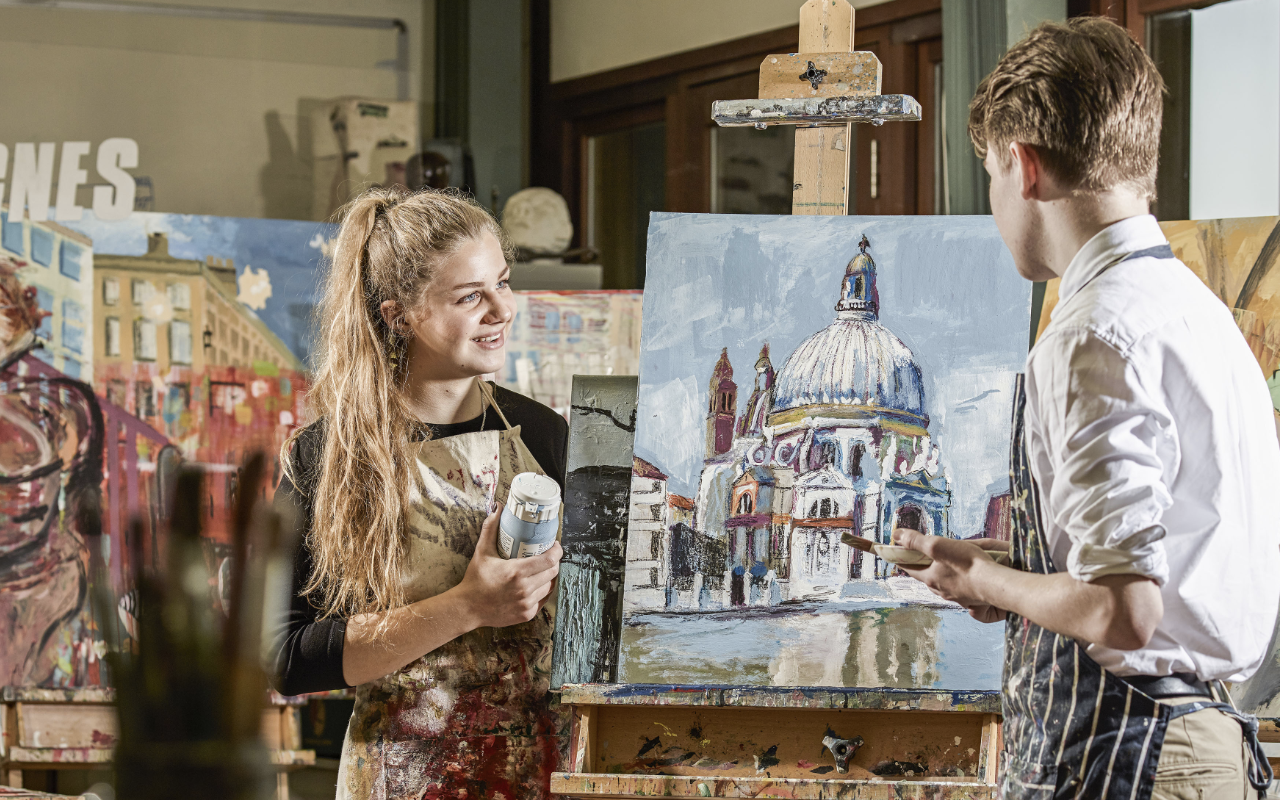
The plan aims to embed creative practices across the curriculum
Photo: KESBath1552
Scotland’s Creative Learning Plan leans into wellbeing
Children’s mental health will be a “very high priority” under a new blueprint for cross-curriculum creativity.
Scotland will use creativity to improve pupils’ mental health, wellbeing and confidence under a revised national Creative Learning Plan.
Scotland first set out a Creative Learning Plan in 2013, supporting local authority-led Creative Learning Networks (CLN) to develop creative teaching across all subjects.
The revised plan reflects changes to the arts, culture and educational landscape and is “more important than ever” in the wake of the pandemic, according to Creative Scotland. It is the first in the UK to make improving children’s mental health through creativity a “very high priority”.
READ MORE:
Creative Scotland and Education Scotland have extended their strategic partnership by three years to embed creativity across the curriculum, make creative experiences accessible to all, and champion creativity as an essential skill.
New objectives respond to the impact of Covid-19, which Education Scotland says is “rapidly taking us into unchartered territory”.
Focus areas include giving learners confidence to influence their own creative experiences, ensuring creative learning is accessible to all and further embedding creative approaches into curriculum design.
“Creative thinking and activities make an invaluable contribution to the health and wellbeing of children and young people – both physically and mentally,” Creative Scotland CEO Iain Munro said.
“Alongside social benefits and life skills, they can help children and young people deal with feelings of anxiety, isolation and stress, which is crucial during the ongoing pandemic.”
Next steps
A “national creativity event” focused on wellbeing will help deliver the plan’s desired outcomes.
Scheduled for March 2022, the event will invite education leaders, practitioners and learners to share ideas and best practice.
Each of Scotland’s local authorities can access up to £7,000 to implement the refreshed plan, and six regional networks are set to receive £13,500 through Creative Scotland’s £80,000 Creative Wellbeing Fund pilot.
Select projects in disciplines such as poetry, storytelling and visual arts will aim to increase learners’ wellbeing and sense of achievement.
However, subsequent funding is subject to the Creative Scotland and Education Scotland’s budgets, and they need Government backing to have any influence on education policy.
The partners say they hope for the Scottish Government’s endorsement to “embed creativity at the centre of Scottish education and adopt a collaborative culture where all learners are empowered, creative and confident”.
Different approaches
Scotland was the first UK nation to establish a Creative Learning Plan, with each country taking different approaches to intergrate creativity in education.
The Arts Council of Wales launched a five-year plan to make arts a pillar of the school curriculum in 2015, extending the project until March 2022 coincide with upcoming curriculum reform. Arts Council Northern Ireland began funding its Creative Schools Programme in 2018, focused on injecting creativity into classrooms in Belfast and Derry/Londonderry.
Although England is without a separate creative learning plan, strengthening creativity in schools was a key recommendation of the 2019 Durham Commission.
Arts Council England announced last month it will invest £2.78m into a creative education network.
Join the Discussion
You must be logged in to post a comment.